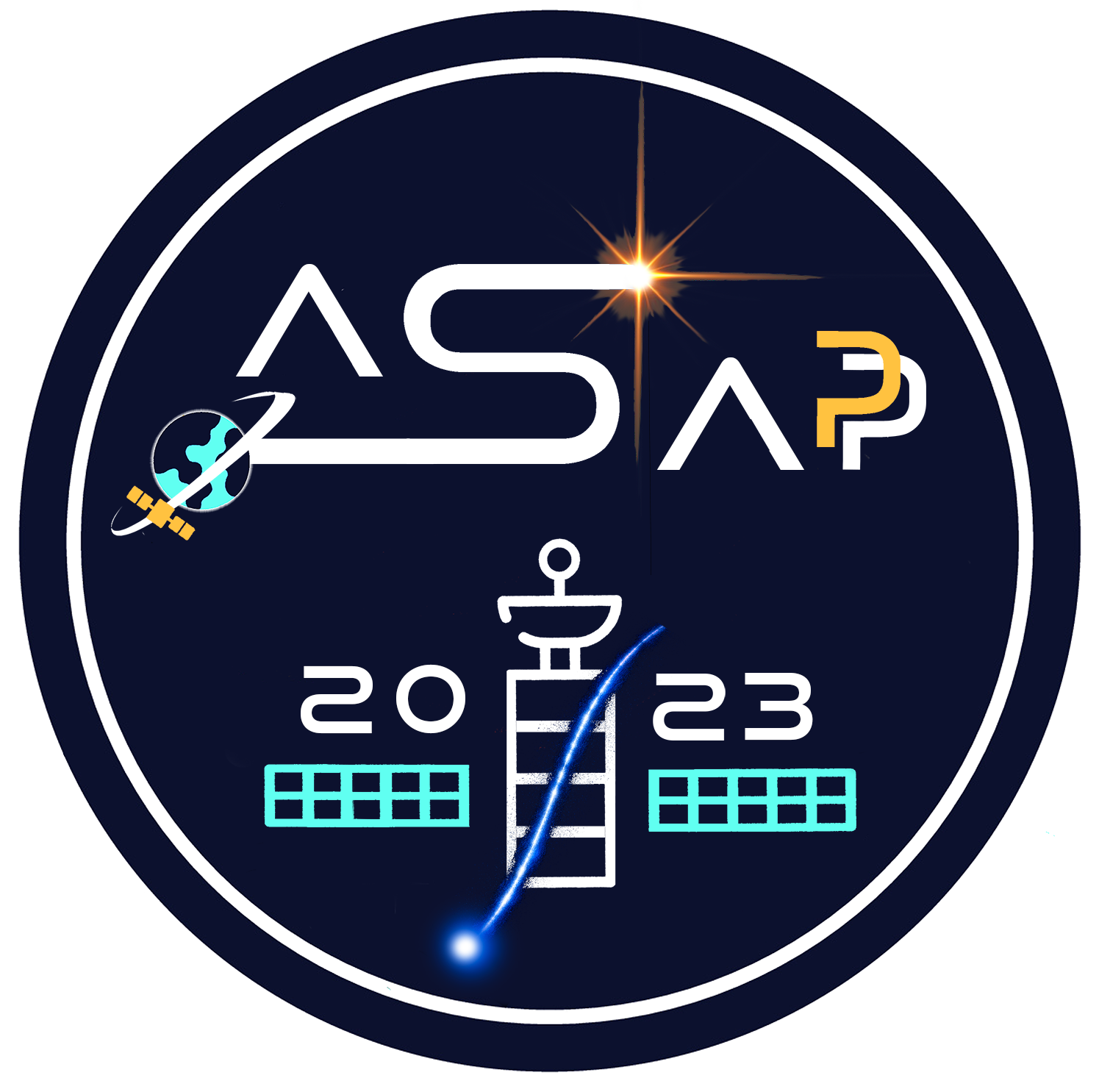Speaker
Description
Direct detection of high energy cosmic rays is strongly constrained by the small effective geometric factors of detectors mainly due to costs and technology of bringing big payloads in orbit. The HERD experiment, a future space experiment which will be installed on the Chinese Space Station in 2026, will take advantage of its innovative geometry and readout systems to have an effective geometric factor for electrons and protons more than an order of magnitude bigger than that of the currently in orbit experiments. Thus, HERD will be able to measure proton and nuclei fluxes up to the cosmic ray knee region (about 1 PeV), and electron+positron flux up to tens of TeV.
The detector is based on a 3D, homogeneous, isotropic, deep and finely segmented calorimeter, and it will be capable to detect particles coming from every direction. It will be composed by about 7500 LYSO cubic crystals. Every crystal is coupled with two independent read-out systems: the first is based on wavelength shifting fibers coupled to Intensified scientific CMOS, the second one is based on a system of two photodiodes coupled to a specifically designed front-end electronics. The two-photodiode read-out system features a dynamic range higher than $10^{7}$, in order to measure signals ranging from the small MIP energy deposit to typical releases caused by hadronic showers induced by PeV protons.
In this talk we will discuss the main characteristics and the performance of the photodiode read-out system, highlighting its use in the HERD calorimeter and the new cosmic ray energy horizons opened by this detector.
| Eligibility for "Best presentation for young researcher" prize | Yes |
|---|
